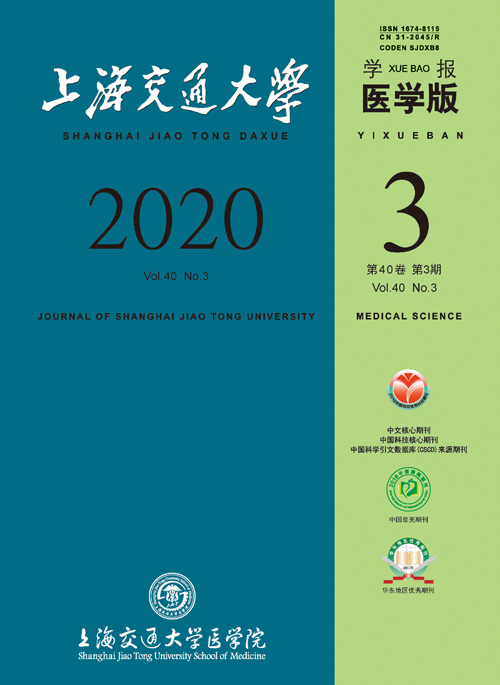Objective ·To prepare a serine protease inhibitor (Serpin) derived from Tannerella which is associated with periodontosis, and analyze its specificity in inhibiting target proteases and its structural characteristics. Methods ·Through amino acid sequence analysis, a Serpin from the human oral microbiome database (eHOMD) was selected and expressed in Escherichia coli. The recombinant protein was purified using methods such as nickel ion affinity chromatography. Its specificity in inhibiting serine proteases was analyzed, followed by an analysis of its three-dimensional spatial structure using structural biology methods. Results ·A novel Serpin, named Tannerpin-M, with methionine as the active center P1 residue, was identified, and a high-purity recombinant protein was successfully prepared from Escherichia coli BL21 (DE3). Further activity testing demonstrated that recombinant Tannerpin-M could effectively form SDS-stable covalent complexes with proteases derived from granulocytes (human neutrophil elastase, cathepsin G, and proteinase 3), as well as with other proteases including kallikrein 1 (KLK1), KLK7, and elastase. Tannerpin-M inhibited KLK7 with a second-order association rate constant of 4.12×104 L/(mol·s). The crystal structure of Tannerpin-M in its relaxed state conformation was resolved at a resolution of 2.4 ? (1 ?=0.1 nm). It revealed that Tannerpin-M possessed a significantly elongated reactive center loop and could undergo the classical conformational transition from a stressed to a relaxed state. Conclusion ·Tannerpin-M, derived from oral pathogenic bacteria, is a typical inhibitory Serpin, and can effectively inhibit the serine protease released by granulocytes, by which it may protect the oral pathogenic bacteria from attacks of the human immune system.

